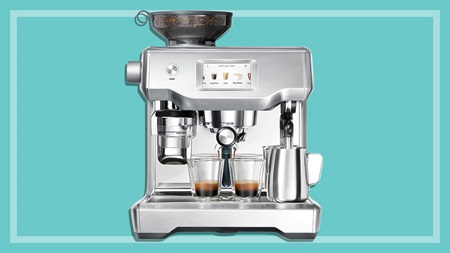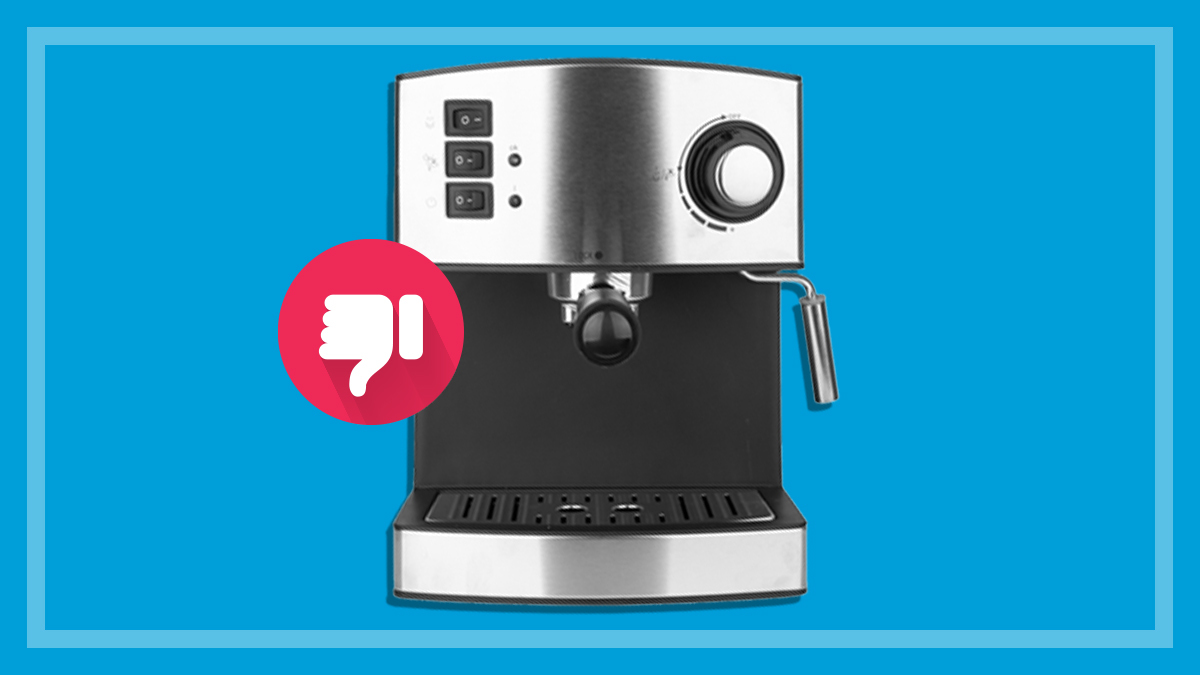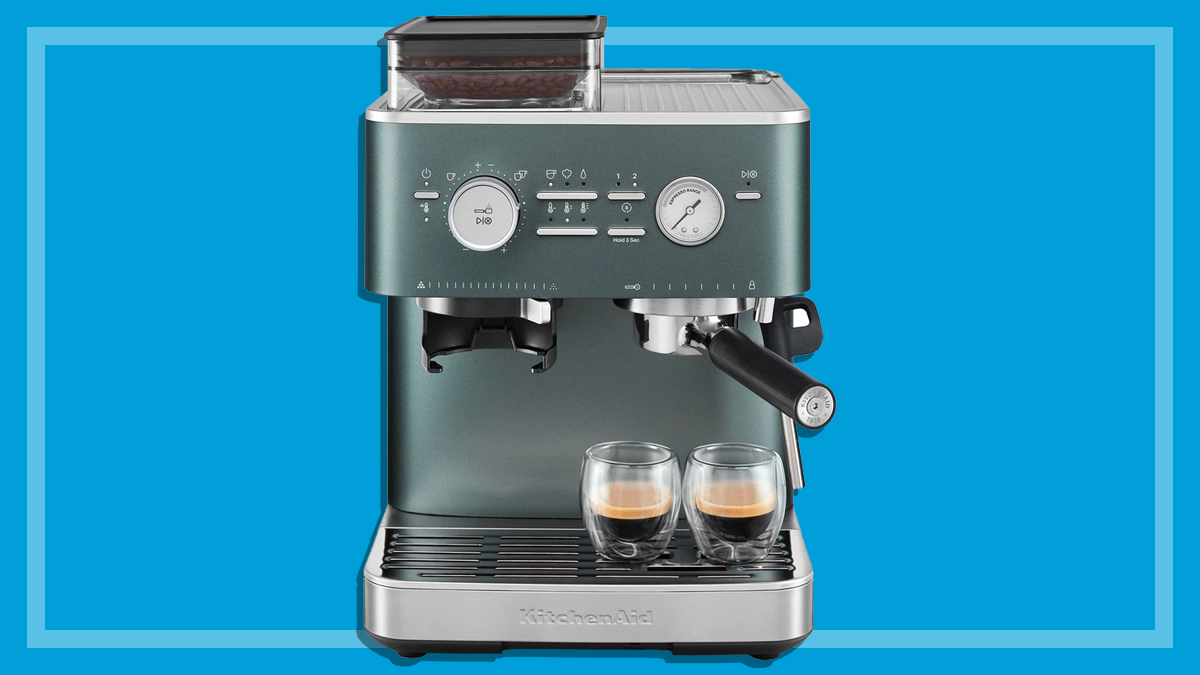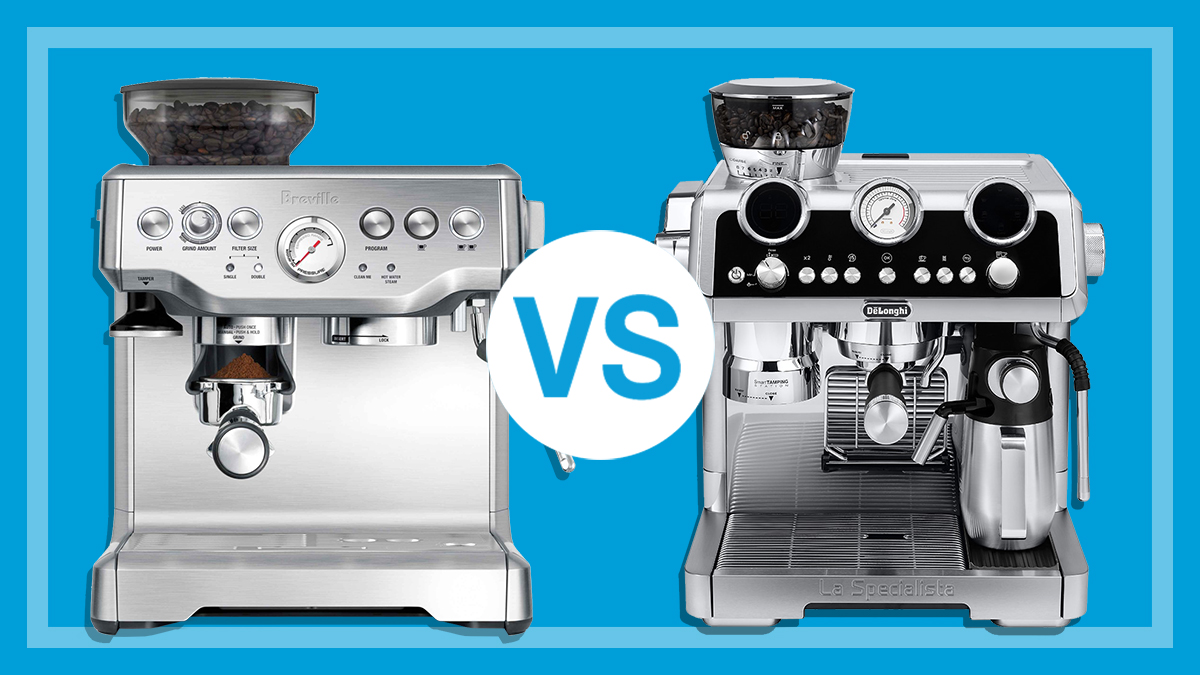Get our independent lab tests, expert reviews and honest advice.
Is it time to upgrade from a pod to a manual espresso machine?
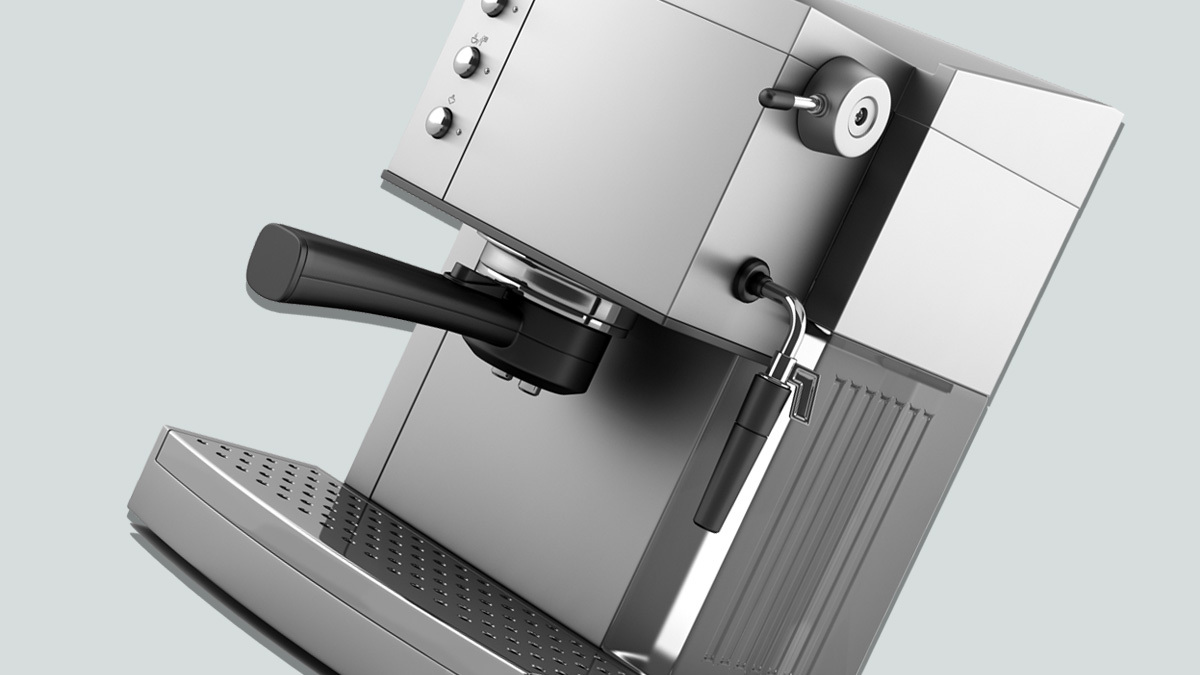
Australians love coffee. In fact, a quarter of us say we can’t survive the day without it, according to market researcher McCrindle Research. Three-quarters of Australians drink at least one cup a day, and 28% of those have three or more cups a day!
While some of us are happy to spend our money on barista-made coffee, many of us prefer the convenience and cost-effectiveness of a home espresso machine.
Of all the types of machines available, pod (otherwise known as capsule) espresso machines are the most popular.
For the best flavour, nothing beats making coffee from ground beans on your very own manual espresso machine
But for the best flavour, and the closest thing to barista-made coffee, nothing beats making it from ground beans on your very own manual espresso machine.
So, if you currently own a pod machine and you’re wondering whether to switch to a manual, we look at the benefits of upgrading, as well as a step-by-step guide to making the perfect cup of coffee on a manual espresso machine.
Pod vs manual espresso machines
Pod espresso machines automatically brew and pour an espresso. All you need to do is insert a capsule of coffee and press a button.
Manual espresso machines are more hands-on, as you need to manually add the ground coffee, set the machine to pour, and cut off the flow of coffee.
But, while this means they require more effort from the user, they also offer complete control over the brewing process, allowing you to create the best espresso possible.
Manual espresso machines offer complete control over the brewing process, allowing you to create the best espresso possible
In order to succeed with a manual coffee machine, some knowledge of coffee-making is required such as technique, grinding (the texture of your coffee), dosing (the amount of coffee you use) and tamping (compressing the coffee grounds in the portafilter).
CHOICE coffee machine expert (and in-house staff barista!) Adrian Lini says there may be a learning curve, but it could be worth it.
“You may be intimidated by the thought of a manual machine, or simply think it will take too much time during your morning rush. But with a bit of practice, you’ll be making barista-style coffees on autopilot, and the quality will make the extra time worth it.”
You may also need to buy a coffee grinder if you want to grind your own beans fresh each day – something Adrian recommends.
Fresh beans play a big role in the taste of your coffee
Adrian Lini, CHOICE coffee expert
“Fresh beans play a big role in the taste of your coffee. The benefit of grinding your own beans is that you’re keeping the freshness of the bean sealed away until just before you make your coffee,” he says.
“A properly prepared shot with pre-ground beans will still be delicious, but fresh beans and a proper grinder can take it to the next level.”
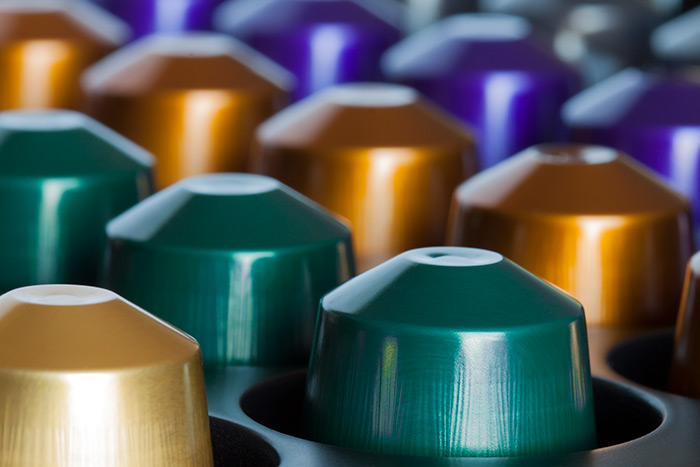
Benefits of upgrading to a manual espresso machine
1. Save on the cost of pods
Pod machines aren’t so convenient when you consider the ongoing costs of the pods. The machines are relatively cheap, but the pods are usually very expensive, and you’ll likely end up spending over $100/kg for your coffee.
In contrast, ground coffee or coffee beans can be found in supermarkets for as little as $12/kg.
2. Fresh coffee means better flavour
Fresh coffee requires fresh beans. Pod coffee is pre-ground and goes stale quickly due to oxidation, which can drastically affect the flavour and quality of your cup of coffee.
Using freshly ground beans to make your coffee on an automatic, semi-automatic or manual machine will produce a coffee closer in flavour and quality to a barista-made coffee from your favourite cafe.
3. Less packaging
Most single-use pods, which are made of strong aluminium and plastic, will end up in landfill, taking between 150 and 500 years to break down.
Some progress is being made to make coffee pods greener – including company recycle programs, biodegradable packaging and reusable metal pods – but there’s still a long way to go.
In the meantime, people with manual (as well as semi-automatic or automatic) machines can compost their coffee grounds. Buying beans in larger quantities, such as 1kg bags can also reduce packaging waste.
How to use a manual espresso machine
Manual espresso machines aren’t as easy to use as pod machines, but just how much user interaction is required depends on the machine and its capabilities.
With a bit of knowledge, most people will be able to master the manual coffee machine in no time.
“There are many resources online with tips and advice to help – likely even examples with the exact machine you own,” says Adrian.
“And don’t be afraid to waste some beans! A crappy coffee from a nice manual machine will probably be better than a coffee from some pod machines.”
For more advice on tamping, milk frothing and more, read our coffee-making tips.
Other types of coffee machines
If you’re still not sure if a manual is right for you, but you want the benefits of using ground coffee beans instead of pods, there are some other types of coffee machines you could consider.
Automatic espresso machine
If you want coffee with little to no effort and the freedom to choose your own beans, while achieving barista-ish quality, an automatic machine might be the right choice for you.
All you have to do is put your cup under the spout and push a button – the machine does all the work of grinding the coffee and making the espresso. Some models may even automatically froth milk.
The downsides? Although they’re convenient, automatic machines can be very pricey, can take up a lot of bench space, and the quality of the shot can be questionable.
Semi-automatic espresso machine
These machines are similar to manual espresso machines as you need to add the coffee yourself and set it to pour. But unlike a manual machine, the semi-automatic will switch itself off once a pre-set amount of coffee has been poured into your cup.
They come with a slight learning curve and may require some practice, but they also offer control and convenience. Often the more expensive models will also come with a built-in coffee grinder that will make the overall experience easier to learn.
We recommend choosing a semi-automatic machine if you want to be involved in most of the coffee-making process and get barista-level quality.
Non-espresso manual machines
There are also non-espresso manual coffee machines, such as vacuum coffee machines (sometimes called siphon or syphon machines); electric filter coffee machines; and pour-over machines, which take the old-school drip brew method to a new, automated level.

